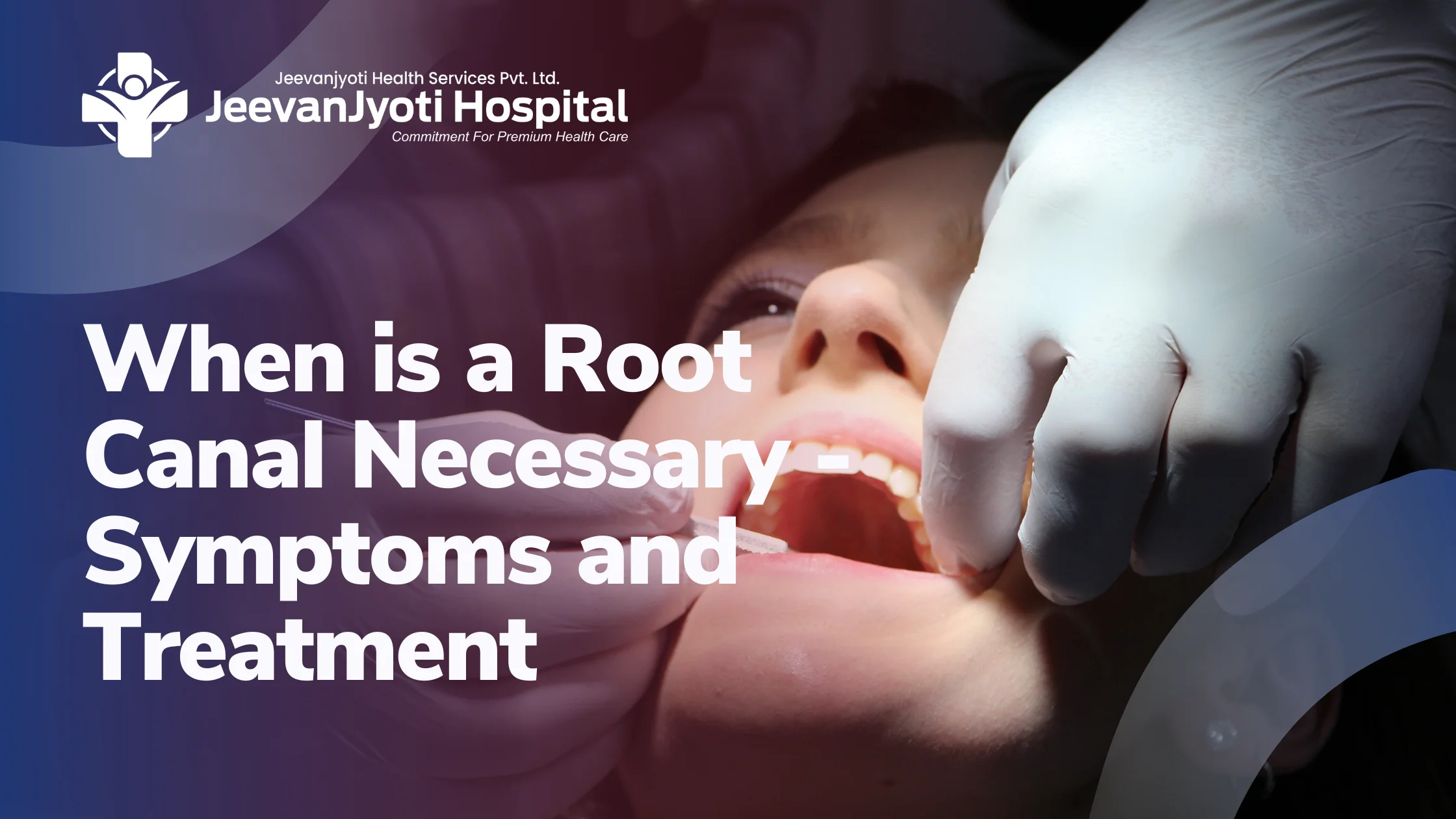Overview
This is the problem with bacterial infections: they can affect any portion of the body! Once discovered in the tooth, the infection spreads to the pulp (the soft tissue inside the core that extends to the root), which must be extracted to prevent further harm. Root canal therapy is a process for removing inflammatory pulp and cleaning the decay, then filling and sealing the tooth to restore it.
There is no cause for alarm if your dentist advises a root canal. Often, teeth restored with root canal treatment might last a lifetime.
Signs and Symptoms Indicating the Need for Root Canal
In the first place, pain is a warning signal! Typically, symptoms do not manifest until the condition has progressed. It is time to visit the dentist if everyday activities such as drinking and eating become difficult due to pain. Trauma can occasionally cause a tooth to break or become damaged. If left untreated over an extended period of time, it might develop illness. Let’s search for indications of the need for a root canal:
- Severe toothache, especially during chewing
- Sensitivity toward hot or cold temperature
- Persistent or recurring pimple on the gum
- Cracked or broken tooth
- Discoloration of the tooth
- Discoloration of the gum
- Swelling and tenderness in nearby gum
- Swelling on your head and neck
- Deep tooth decay
- Loose tooth
- An abscess (hole in the jawbone)
In certain instances, patients do not experience any symptoms of an infected tooth, but the majority of individuals experience symptoms to varying degrees of discomfort or severity. Before using any home cure or medical therapy, it is required that you consult your dentist.
What Happens During the Root Canal Treatment?
A dental X-ray examination may be performed on a specific afflicted tooth to help the dentist identify the degree of the damage. Depending on the type of infection, root canal therapy is planned to treat the affected area. Once upon a time, root canals were a big thing! Now it is comparable to having a cavity filled. Find out more about the therapy:
Anesthesia
A local anesthetic is used to numb the diseased tooth and adjacent gums. Also, it helps with dental anxiety! Hence, the operation is neither clumsy nor painful.
Dental Dam Placement
Before commencing the root canal process, a thin rubber dam is put over the region to isolate the tooth and keep it dry for the appropriate time.
Pulp Removal
A small opening is formed in the crown of the tooth in order to extract the diseased pulp. Within the tooth, inflammatory nerves, blood vessels, and tissues are extracted using dental equipment.
Shaping the Canal
The chamber is then formed, and the root canals are cleansed, disinfected, and reshaped. For deep cleaning, your dentist may place medications for a while.
Filling the Canals
Then, the empty canals are filled with gutta-percha, a dental substance. It provides the tooth with the same level of flexibility and strength as a natural tooth.
Sealing the Tooth
A temporary dental filling is used to seal the tooth’s opening, therefore preventing the re-entry of bacteria.
Placing the Final Restoration
Often, a dental crown is recommended for protecting the repaired tooth. These crowns are custom-made and need about two to three weeks for completion. The temporary filling is removed and a permanent crown is put once the crown is ready. If appropriate, a structural crown may be placed at the same appointment.
Preventive Tips
Lifelong operations like root canals may be avoided if we do the bare minimum. Proper dental hygiene routines, such as brushing, flossing, stopping smoking, eating a balanced diet (less sugary and refined foods), and visiting the dentist regularly, are very beneficial at avoiding tooth decay!
If you want a root canal expert in Pune, JeevanJyoti Hospital’s dental department is your rescuer! The clinic is equipped with cutting-edge technology and staffed with skilled endodontists who provide affordable root canal operations that are almost painless.
